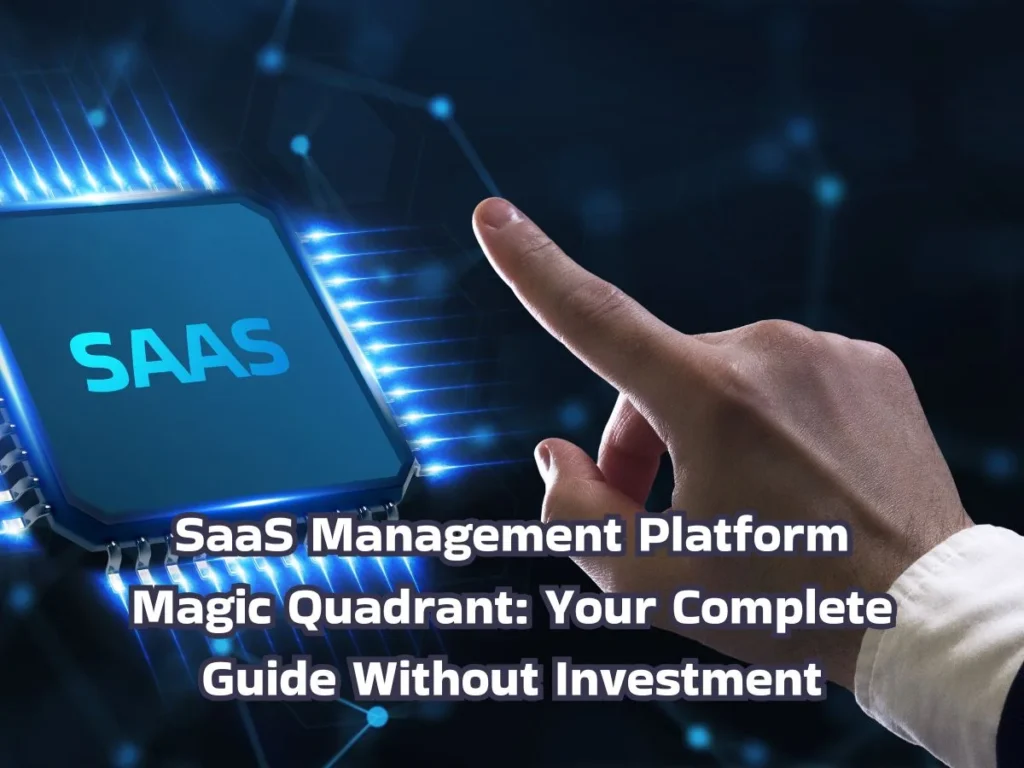10 Best CRM for Real Estate Wholesalers to Boost Deals and Profits

Introduction Managing real estate wholesaling without the right tools is like trying to build a house without a hammer. It can be done, but it’s messy, stressful, and slow. If you’re a real estate wholesaler looking to level up your business, choosing the best CRM for real estate wholesalers is one of the smartest decisions you’ll make. This guide will help you discover what makes a CRM valuable, how to use it effectively, and which tools are worth your time and money. What is Best CRM for Real Estate Wholesalers? CRM stands for Customer Relationship Management. It’s a system that helps you track your leads, follow up on deals, communicate with sellers and buyers, and organize your entire wholesaling process in one place. The best CRM for real estate wholesalers is a platform built to handle the specific needs of wholesalers. It should help you stay organized, save time, and close more deals without losing your sanity. Wholesalers have a fast-paced workflow. They deal with hundreds of leads, run marketing campaigns, negotiate deals, and coordinate with investors. Doing all of this manually is time-consuming and stressful. That’s where a specialized CRM comes in. It keeps everything on track so you can focus on what really matters—getting deals done. Top Benefits of Best CRM for Real Estate Wholesalers How to Start Using the Best CRM for Real Estate Wholesalers Step 1: Choose the Right CRM Look for one designed for real estate investors or wholesalers. Make sure it offers automation, lead tracking, and easy integration with your tools. Step 2: Set Up Your Workflows Map out your lead pipeline from first contact to closing. Create custom fields for seller info, property details, and offer status. Step 3: Import Your Leads Upload your current list of leads, including cold leads, warm prospects, and hot sellers. Keep the data clean and organized. Step 4: Automate Follow-Ups Set up drip campaigns and reminders to stay in touch with leads automatically. This helps you stay top-of-mind and convert more deals. Step 5: Track Your KPIs Use your CRM to monitor key performance indicators like lead source, conversion rate, and average deal value. Step 6: Train Your Team If you have a team, show them how to use the CRM. Make sure everyone uses the same system to avoid confusion. Common Mistakes to Avoid Smart Tips and Tricks Real-Life Relevance The best CRM for real estate wholesalers is not just a software tool—it becomes the heartbeat of your business. Imagine you get a lead from a Facebook ad. The CRM captures it, tags it, and sends an auto-reply. You follow up the next day, update the property details, and set a reminder to send an offer. Two weeks later, the seller responds. You check the history, make a personalized pitch, and close the deal. All thanks to your CRM. Whether you’re just starting out or closing 10 deals a month, the best CRM for real estate wholesalers helps you stay focused, reduce chaos, and scale faster. Conclusion Choosing the best CRM for real estate wholesalers can transform your entire business. It turns scattered chaos into smooth systems. It keeps you on track with leads, follow-ups, deals, and communication. In a business where time is money and follow-up is everything, a CRM is your secret weapon. If you’re ready to work smarter and grow faster, it’s time to find the CRM that fits your goals. Remember, your CRM is only as powerful as how you use it. Keep it simple, stay consistent, and let it work for you. Soon, you’ll wonder how you ever worked without it. At Interclever, we believe that smart tools create smart businesses. Find your best CRM for real estate wholesalers and start winning more deals today.
SaaS Management Platform Magic Quadrant: Your Complete Guide Without Investment

Introduction In today’s fast-paced business world, managing software-as-a-service (SaaS) applications has become essential. Companies use multiple SaaS tools daily, from collaboration apps to finance software. But with so many options, how can you find the right SaaS management platform to fit your needs? This is where the concept of the SaaS management platform Magic Quadrant plays a crucial role. If you want to simplify your software management without spending money upfront, understanding the SaaS management platform Magic Quadrant can save time, reduce costs, and help your business grow smarter. This guide will walk you through everything you need to know — from the basics to real-world benefits and practical advice. What is SaaS Management Platform Magic Quadrant? Let’s start with the basics. A SaaS management platform helps organizations keep track of all their cloud-based software tools. It shows what apps are being used, how much they cost, and helps prevent wasteful spending. The Magic Quadrant is a way to rank and compare SaaS management platforms based on their strengths and completeness of vision. Think of it as a map that guides businesses toward the best solutions available in the market. When combined, the SaaS management platform Magic Quadrant helps companies understand which platforms lead the industry and which may be better suited for specific needs. Top Benefits of SaaS Management Platform Magic Quadrant Using the SaaS management platform Magic Quadrant comes with many clear benefits: 1. Better Decision Making By exploring the Magic Quadrant, you can clearly see which SaaS management platforms have strong features, innovation, and user satisfaction. This helps you pick a platform that truly fits your business needs without guesswork. 2. Cost Efficiency Many companies waste money on unused or duplicate SaaS subscriptions. A good SaaS management platform, identified through the Magic Quadrant, can uncover hidden costs and optimize your software spend. 3. Improved Security SaaS platforms often hold sensitive data. The best SaaS management platforms help monitor user access and compliance, reducing the risk of security breaches. 4. Simplified Software Control Managing dozens of apps can get messy. The right SaaS management platform brings everything under one roof, making license renewals, usage tracking, and user management easier. 5. Scalability Businesses grow, and so do their software needs. The Magic Quadrant highlights platforms that can scale with your business, ensuring you don’t outgrow your software management solution. 6. Insightful Analytics Top SaaS management platforms offer dashboards and reports that provide deep insights into usage patterns, helping IT and finance teams make smarter choices. How to Start or Do SaaS Management Platform Magic Quadrant Now that you know what the SaaS management platform Magic Quadrant is and why it matters, let’s talk about how you can start using this knowledge without any upfront investment. Step 1: Understand Your SaaS Usage Before picking any platform, list all the SaaS tools your business uses. Talk to your team, check billing accounts, and gather usage data. This step helps you know what you need to manage. Step 2: Research the Magic Quadrant Look for the latest Magic Quadrant reports or summaries available online. Focus on SaaS management platforms that fit your size and industry. You don’t need to buy the report—many summaries highlight the leaders and challengers. Step 3: Explore Free Trials and Freemium Versions Many top-ranked SaaS management platforms offer free trials or free-tier plans. Use these to test features and see how the platform works with your software environment. Step 4: Evaluate Based on Your Needs While trying free versions, focus on key features like license management, cost tracking, user monitoring, and security controls. Match these with your business priorities. Step 5: Set Clear Goals Decide what success looks like. Do you want to cut costs by 20%, reduce security risks, or streamline user onboarding? Clear goals will help you measure the platform’s value. Step 6: Onboard Your Team Get your IT and finance teams involved early. Provide training on how to use the SaaS management platform effectively. Collaboration ensures smoother adoption. Step 7: Monitor and Adjust Regularly check the platform’s reports and insights. Use these to optimize your software spend and adjust licenses or subscriptions as needed. Common Mistakes to Avoid Choosing and using a SaaS management platform without proper planning can lead to costly errors. Here are some common mistakes to watch out for: Mistake 1: Ignoring the Magic Quadrant Insights Some businesses rush to pick a tool without considering the Magic Quadrant rankings and user reviews. This can result in picking a platform that lacks essential features or scalability. Mistake 2: Overlooking Integration Capabilities A SaaS management platform should easily connect with your existing tools. Ignoring integration options can cause data silos and reduce efficiency. Mistake 3: Focusing Only on Price While cost matters, choosing the cheapest platform without checking its usability or support can lead to more problems than savings. Mistake 4: Skipping User Training Without proper training, teams might underuse or misuse the platform, missing out on its full potential. Mistake 5: Neglecting Data Security Some platforms offer great management tools but weak security features. Always verify that the platform follows industry standards for protecting your data. Mistake 6: Not Setting Clear Objectives Without clear goals, it’s hard to measure success. Many companies buy platforms hoping for improvement but never track progress. Smart Tips and Tricks To get the most out of the SaaS management platform Magic Quadrant and your chosen platform, here are some lesser-known but powerful tips: Tip 1: Use API Integrations Look for platforms offering API access. This lets you automate data flow and customize reports, saving time and reducing manual errors. Tip 2: Leverage User Behavior Analytics Some platforms analyze how employees use SaaS tools. Use this info to identify unused licenses or apps that can be retired. Tip 3: Set Alerts for Subscription Renewals Prevent surprises by setting notifications for upcoming renewals. This helps you negotiate better deals or cancel unused subscriptions. Tip 4: Combine SaaS Management with ITSM Tools Integrating SaaS management with IT service management tools

